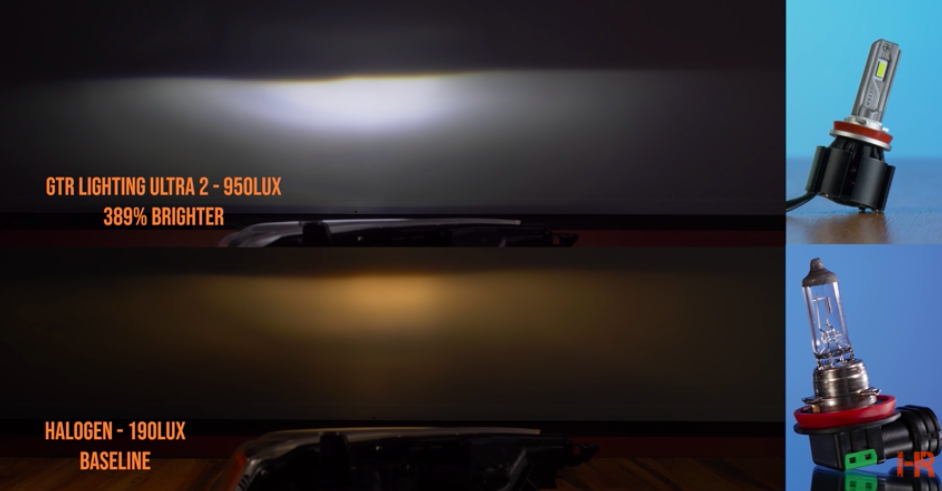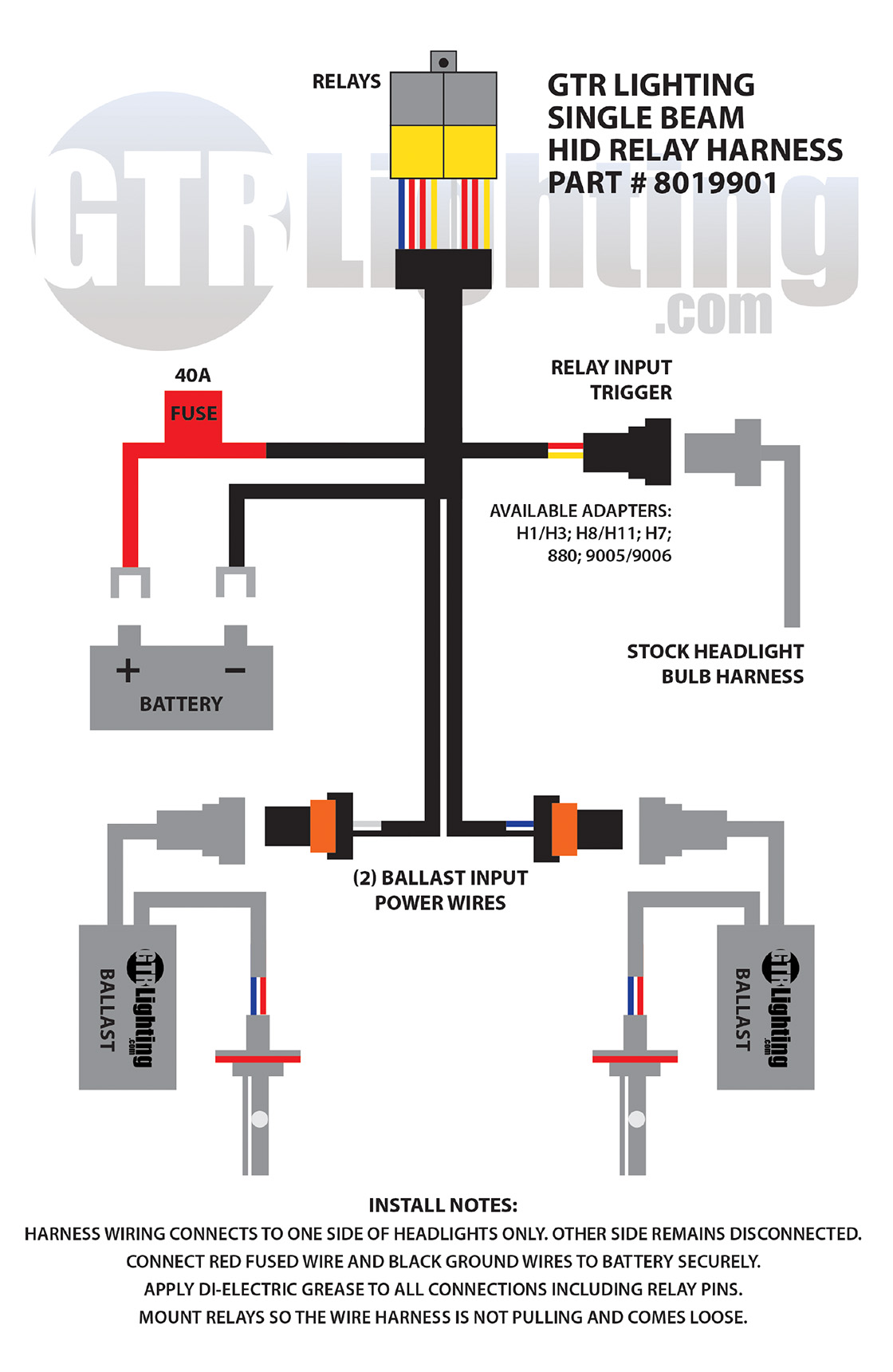AC
An acronym for alternating current. Alternating current is a type of current that continuously reverses its direction.
Amp
An abbreviation for ampere. An ampere is a standardized measure of electrical current.
CE
An acronym for the French translation of European Conformity. The CE mark is placed on products sold in Europe which have met safety, health, and/or environmental requirements.
Color Temperature
A characteristic of visible light measured in units of absolute temperature on the Kelvin scale. With respect to lighting, a higher color temperature that more closely resembles a mid-day sun (6,500 K) will cause less user fatigue than a light that produces light resembling dusk or dawn (2,500 K).
Current
The flow of electrons through a conductor.
DC
An acronym for direct current. Direct current is a type of current that only goes in one direction. DC is typically used in most vehicular electrical systems.
DOT
An acronym for the Department of Transportation. The DOT oversees transportation-related agencies in the United States.
Dedicated Voltage
A term used to describe a light that operates on a single voltage (ex. 12V DC).
ECE
An acronym for the Economic Commission for Europe. The ECE , established under the United Nations, has established uniform regulatory standards for vehicle design which include vehicular lighting.
EMI
An acronym for electromagnetic interference. Electromagnetic interference is a disturbance on an electrical circuit which can interrupt, obstruct, degrade, or limit the circuits performance.
Effective Lumens
A measure of the actual output of a light. The effective lumen output is measured using a photometric testing device and takes into consideration electrical and optical losses, so it is a better representation of the useful visible light that is produced.
Filament
The part of an incandescent light that is used to emit light.
Halogen
Halogen lights feature a tungsten filament contained within a glass bulb filled with halogen gas. These lights can operate at higher temperatures than standard incandescent lights of similar power without loss of operating life and also feature a higher color temperature.
HID
An acronym for high intensity discharge. HID lights create their light through the creation of an electric arc between two tungsten electrodes housed within a tube filled with gas and metal salts. When the electricity arcs, the metal salts evaporate and form a plasma which produces intense light and reduces the power consumption. HID lights burn brighter, last longer, and have a higher color temperature compared to halogen or incandescent lights.
IP Rating
The IP Code outlines a system of classification for the protection of electrical enclosures (including lights) against the intrusion of foreign bodies (ex. dust, tools, moisture) IP65 generally means resistant to dust and water spray. IP68 generally means resistant to dust and water submersion.
Incandescent
Incandescent lights are the traditional lighting technology that most of us are familiar with. In vehicular lighting, there are two main styles of incandescent bulbs: bayonet base (ex. 1156 or 1157) and wedge base (ex. 3056 or 3157). While incandescent lights are typically the least expensive, they are also the least efficient and shortest-lived of the lighting technologies.
LED
An acronym for light emitting diodes. LED s are a relatively new lighting technology that create light by passing electricity through one plate to another. This type of light is extremely efficient, long-lasting, and has a high color temperature. The fact that LED s do not have breakable bulbs or fragile filaments makes them an excellent choice for applications where shock and vibration are present.
Lens
An optical element of a lamp that is engineered to either converge/diverge light and provide protection.
Lumen
A measure of the power of light as perceived by the human eye. In the world of vehicular lighting, it is of particular importance to distinguish between raw lumens and effective lumens.
Lumens per Watt
A measure of a lights efficiency that is calculated by taking the light output (measured in Lumens) and dividing by the power consumption (measured in watts). The larger the Lumens per watt statistic, the more efficient a light is.
Multi-Voltage
A term used to describe a light that operates on more than one voltage (ex. 12-48V DC). Having a light that is multi-voltage can be helpful to OEM s because it allows them to use that light in multiple applications without having to use multiple SKU s.
NHTSA
An acronym for the National Highway Traffic Safety Administration. The NHTSA is the branch of the United States DOT that is charged with creating vehicular safety standards.
OEM
An acronym for original equipment manufacturers.
Optics
The part(s) of a light that collect, reflect, and/or refract light so as to create a beam pattern.
Photometry
The science of the measurement of light in terms of its perceived intensity to the human eye.
Raw Lumens
A measure of the theoretical output of a light. In the case of LED lights, this figure is computed by multiplying the LED manufacturers lumen rating for the LED by the number of LED s in the light. Raw lumens is not representative of the actual light output because it does not take into account the electrical and optical losses that impact all lights.
SAE
An acronym for Society of Automotive Engineers.
Sealed Beam
A type of light that contains a reflector, light source and permanently attached glass lens as a single assembly.


